Villages in Italy are inevitably losing their inhabitants (the Italian population is among the oldest in Europe) and what is left are small municipalities with barely 1000 people. Le Marche has already faced the merging of different municipality in one new village; it was the municipality of Vallefoglia that once Colbordolo and Sant’Angelo in Lizzola and newborn Trecastelli.
On January 1, 2014, the former Castel Colonna, Ripe and Monterado fell under one administration with only one mayor and council of aldermen with the new name Trecastelli. A referendum among the residents had given a positive answer.

Isabelle and Erik were near Trecastelli at the end of July so they decided to check it out. They started their trip in Monterado, the municipality second in terms of population (about 2100 inhabitants).
Named after the Monte of Rado probably a Longobard lord, the imposing 17th century castle is definitely worth seeing.
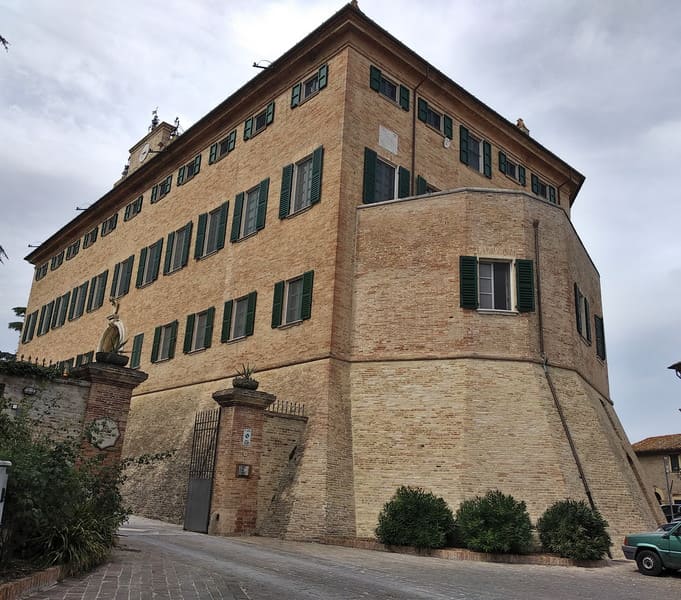
The origin of Monterado dates back to July 13, 1267 when the Duch of Urbino ordered the construction of a fortified town with defensive walls overlooking the valley and the sea.
In 1742 the village came under the ownership of the Jesuit priests of the Collegium Germanicum et Hungaricum, who decided to change the original appearance of the village: they converted the old defensive walls and all the houses and streets of the small village into an imposing palazzo.
In the early 18th century it became one of Napoleon I’s possessions. The castle in its current form was designed by the architect Luigi Vanvitelli (already mentioned in our article on Ancona). Today the majority of Vanvitelli’s work are still preserved and they house a luxury hotel.
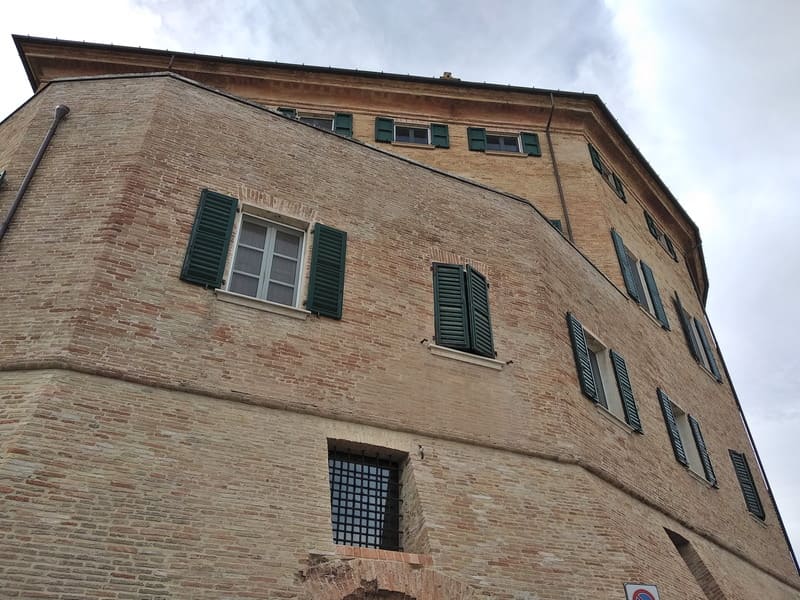
Only strolling down the alleys of Monterado is an experience per se.
Next stop is Castel Colonna, the smallest of the three municipalities.
The name Castel Colonna was officially mentioned on a map only in 1921, because before that it was called Tomba di Senigallia. Colonna refers to the niece of Pope Martin V: she was married to a Malatesta who once lived there.
You can definitely tick all the boxes of a medieval castle here: the atmosphere, a lovely piazza, parts of the old city wall and magnificent views.
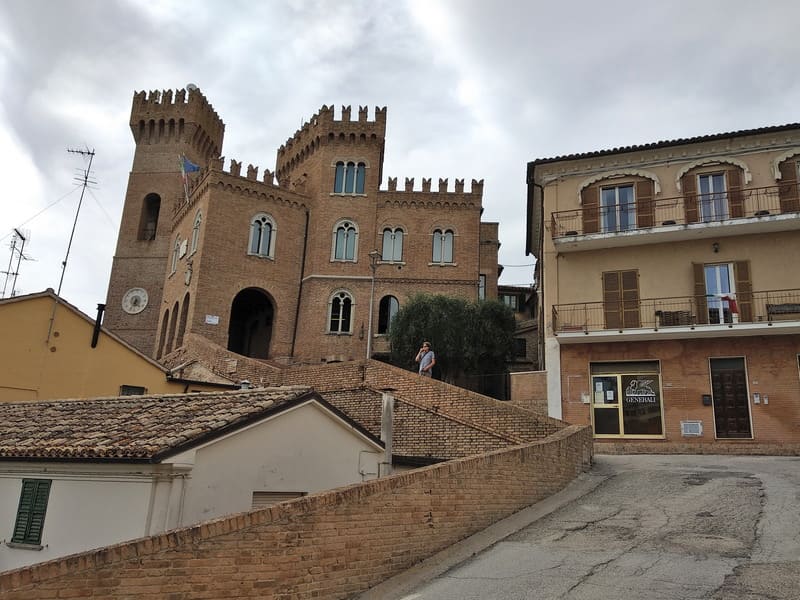
Ripe is also called the Paese dei Mestieri [the land of the crafts], where many millers, blacksmiths, carpenters and rope-turners once worked.
Also the museum https://www.museonoridenobili.it/ dedicated to women in contemporary visual arts would be worth the visit but it was unfortunately closed when Isabelle and Erik were there. It was named after Eleonora de Nobili, a 20th century painter from Ripe.
These Trecastelli are ideal to alternate your beach holiday in Senigallia with a visit to the hillside of Le Marche!
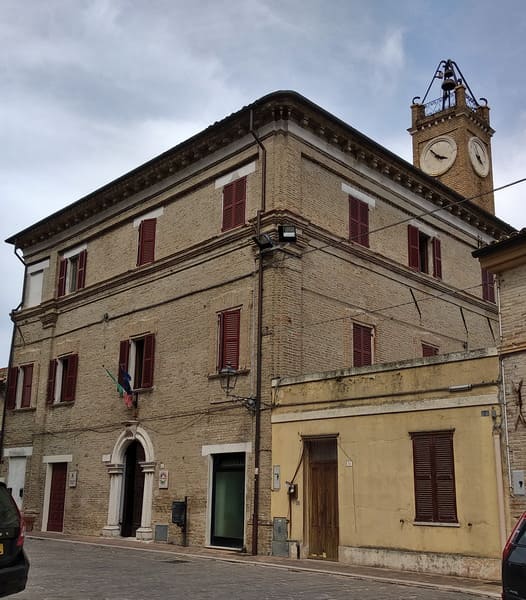
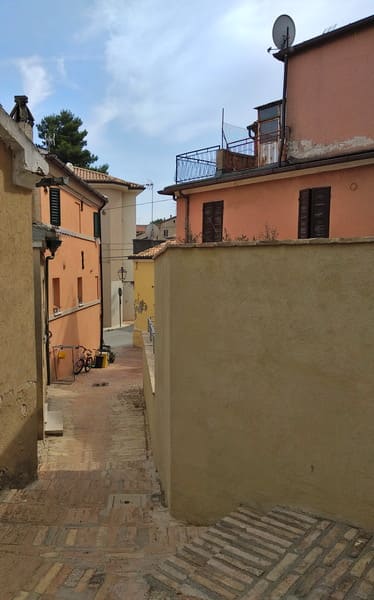
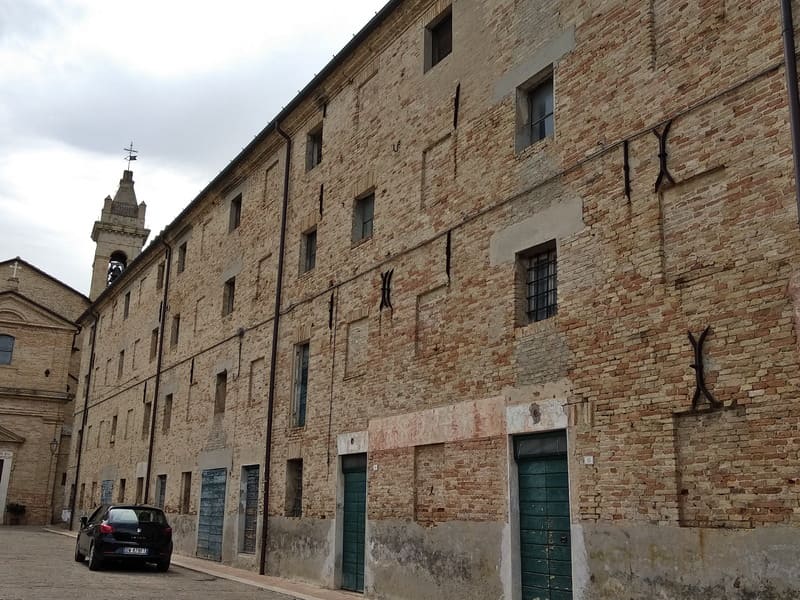

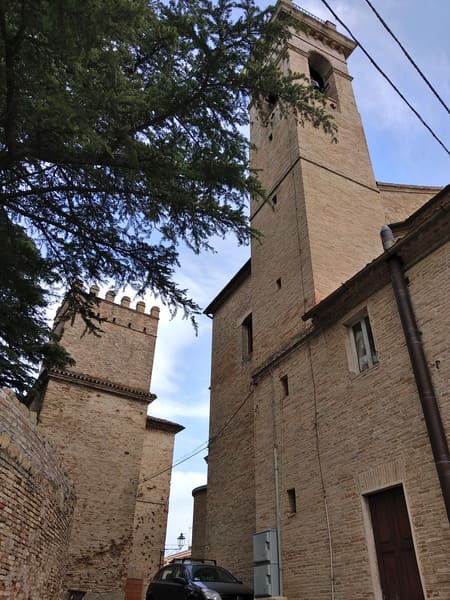
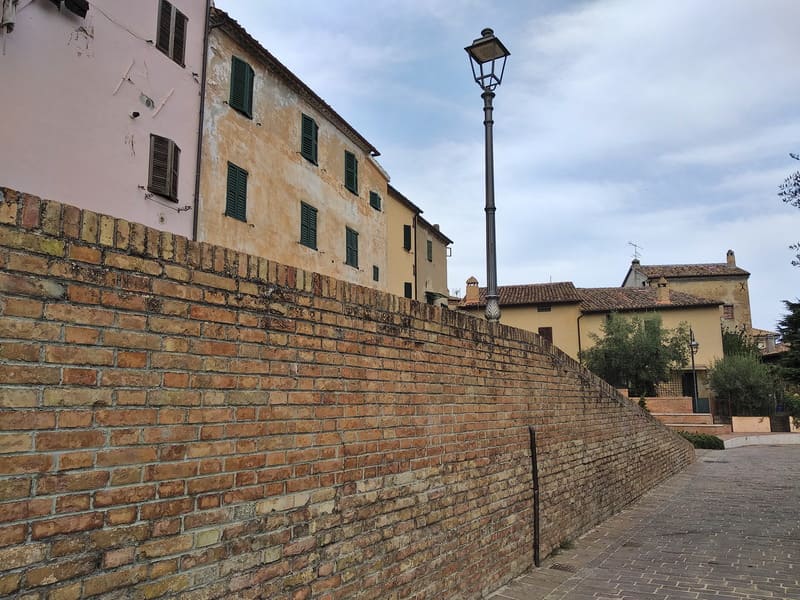
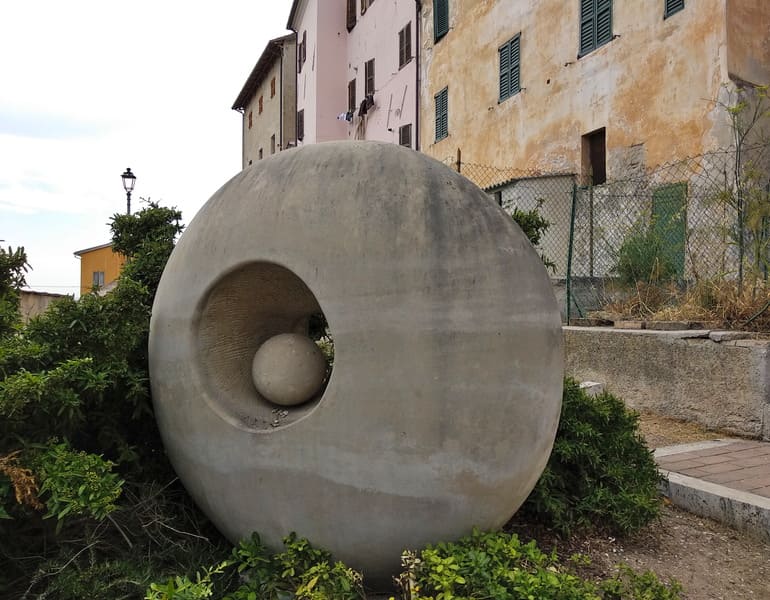
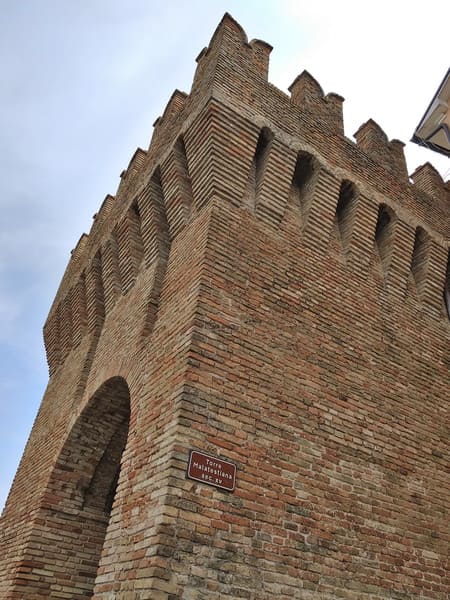

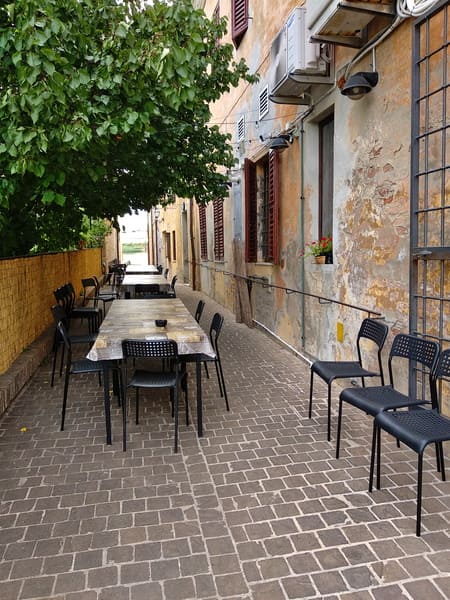
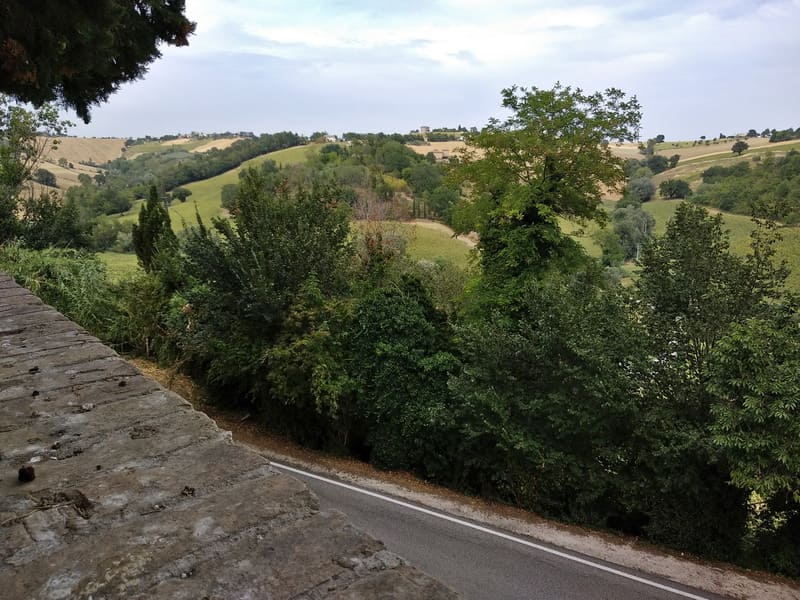
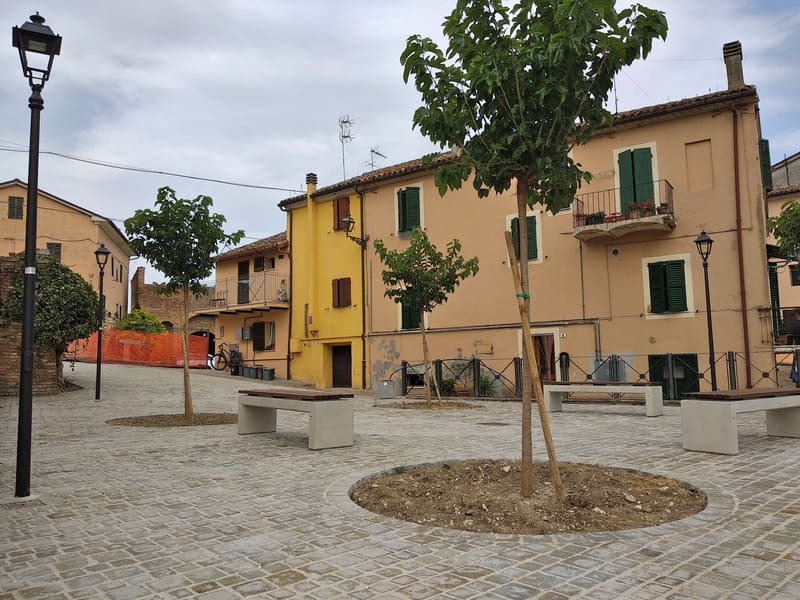
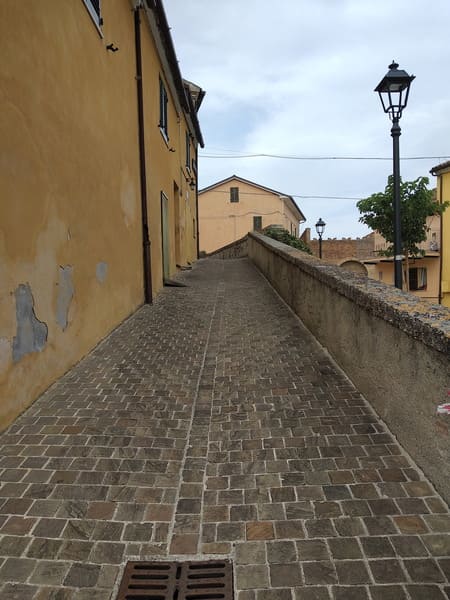
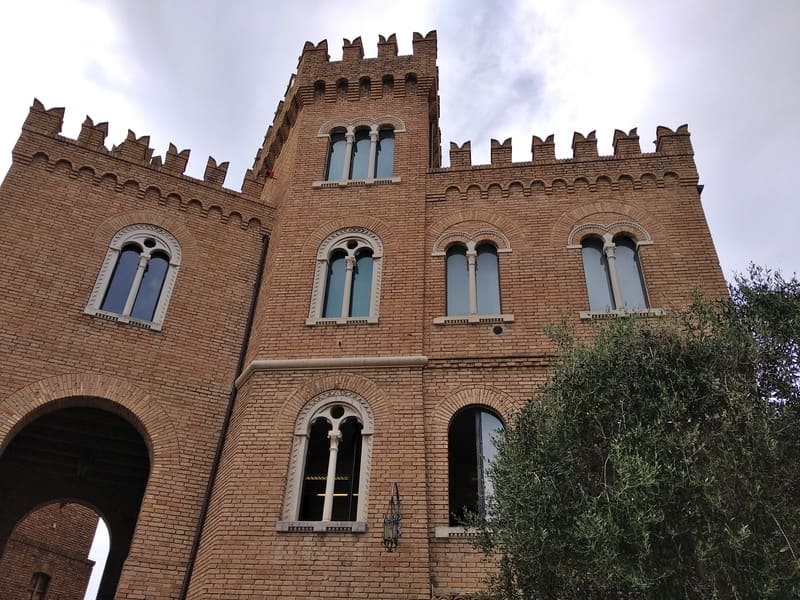
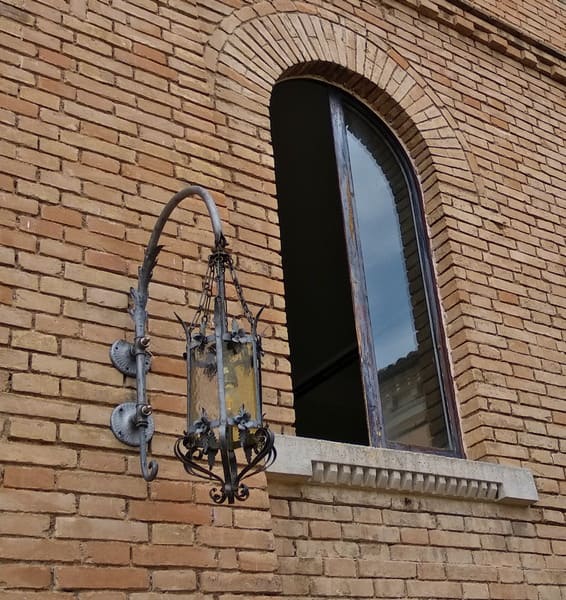
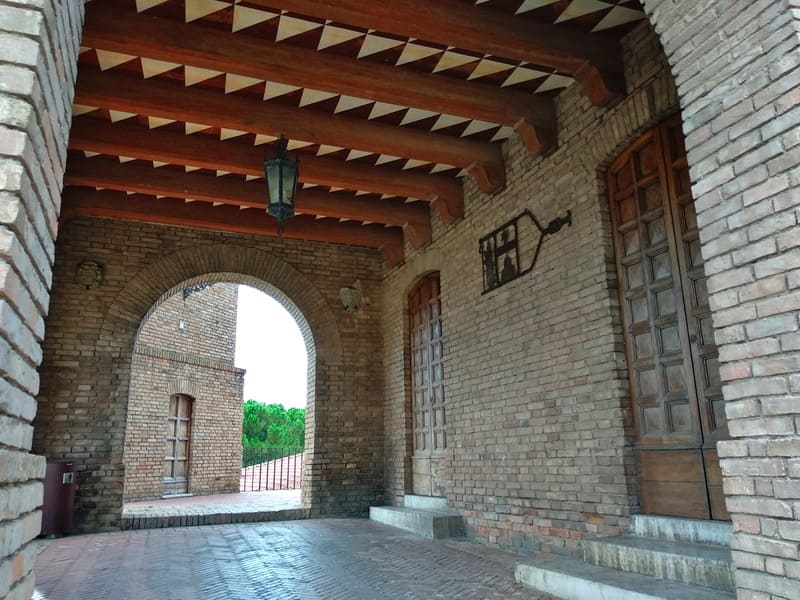

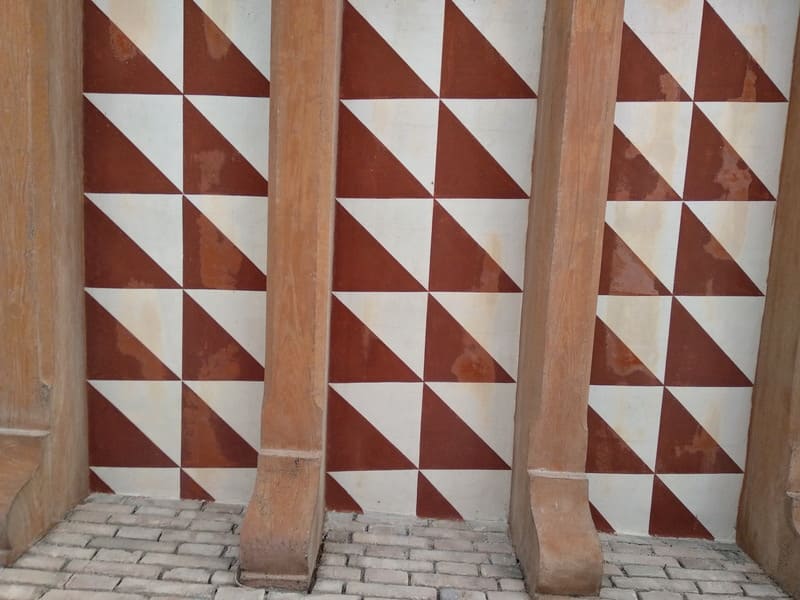
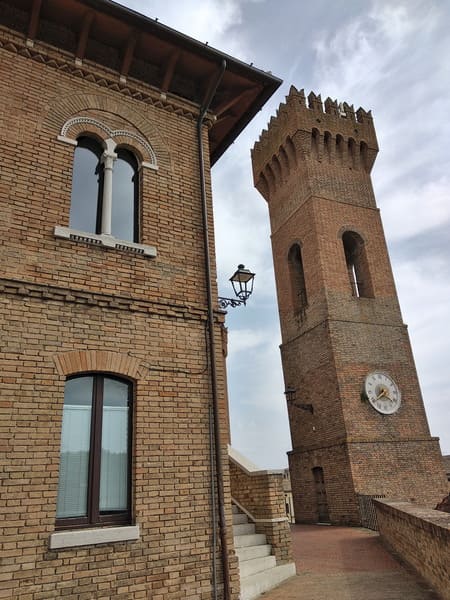
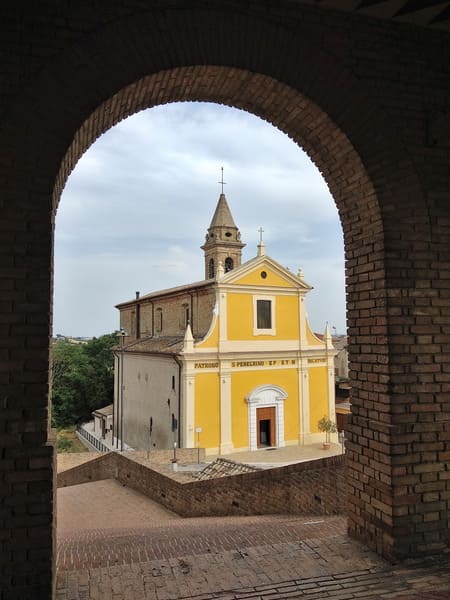
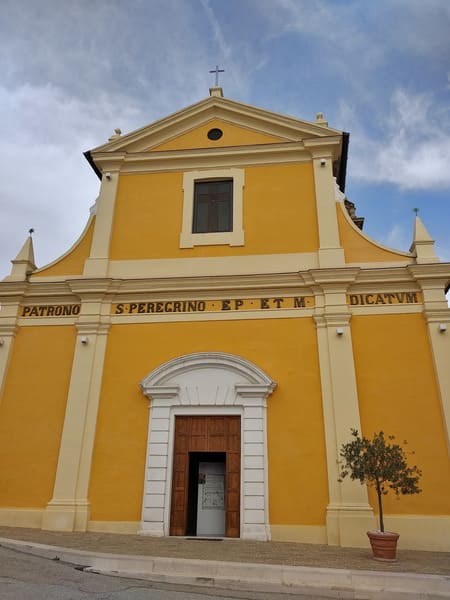
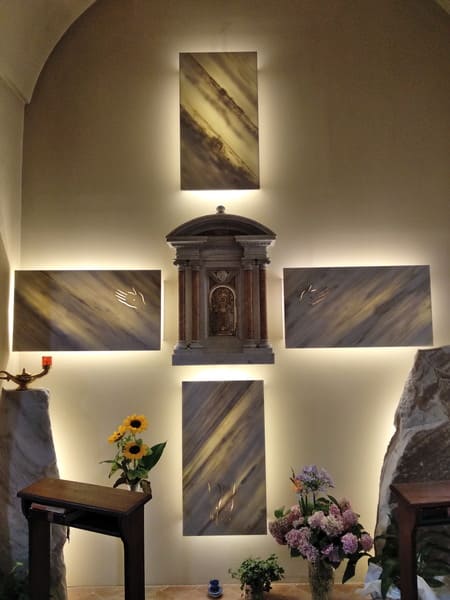
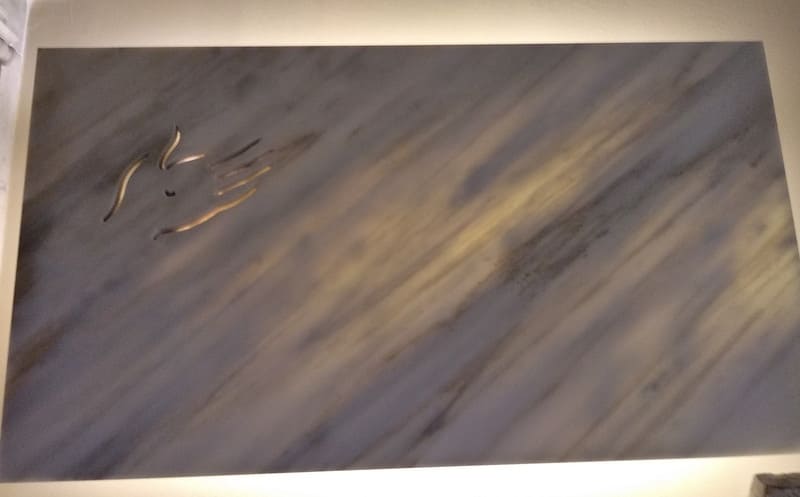
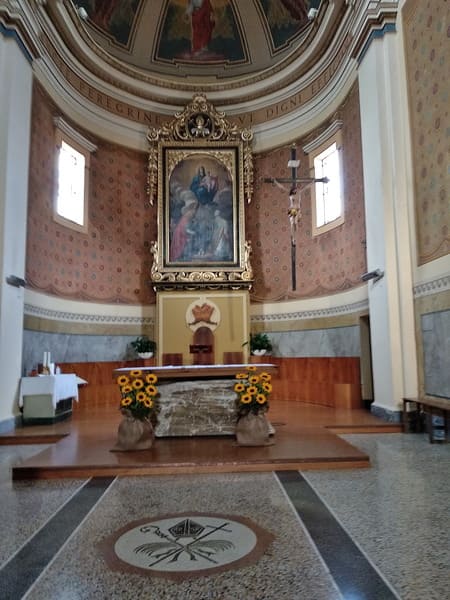
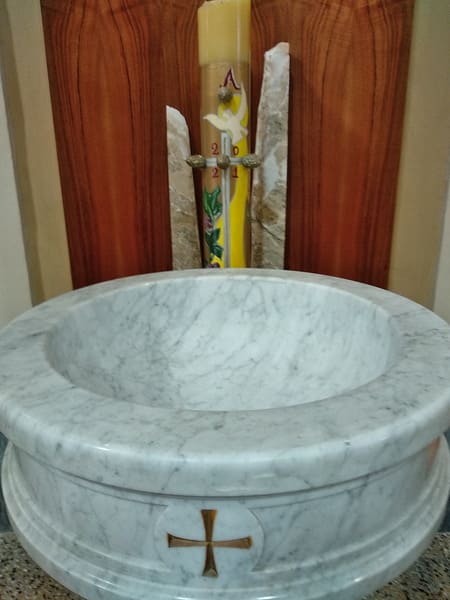
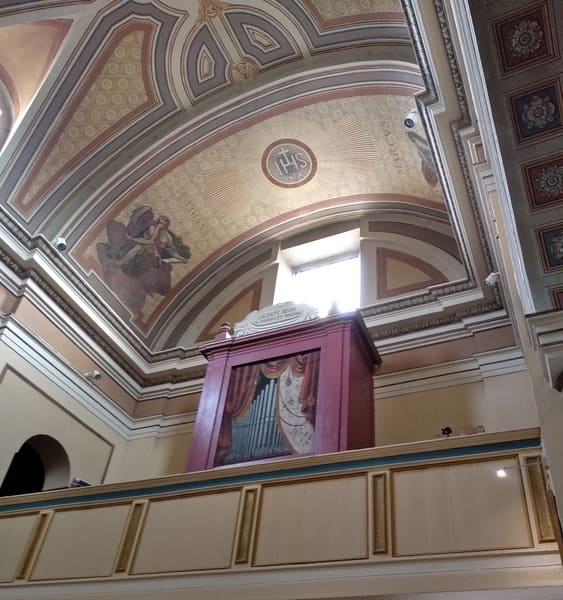
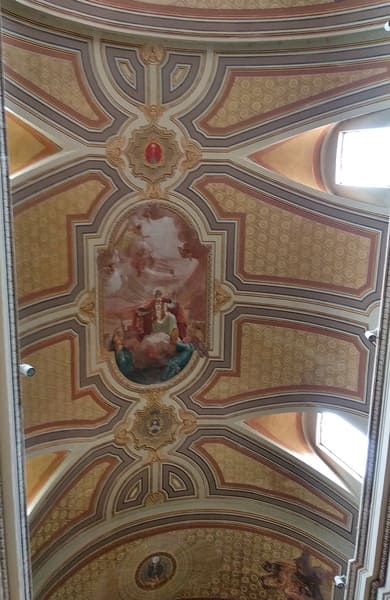
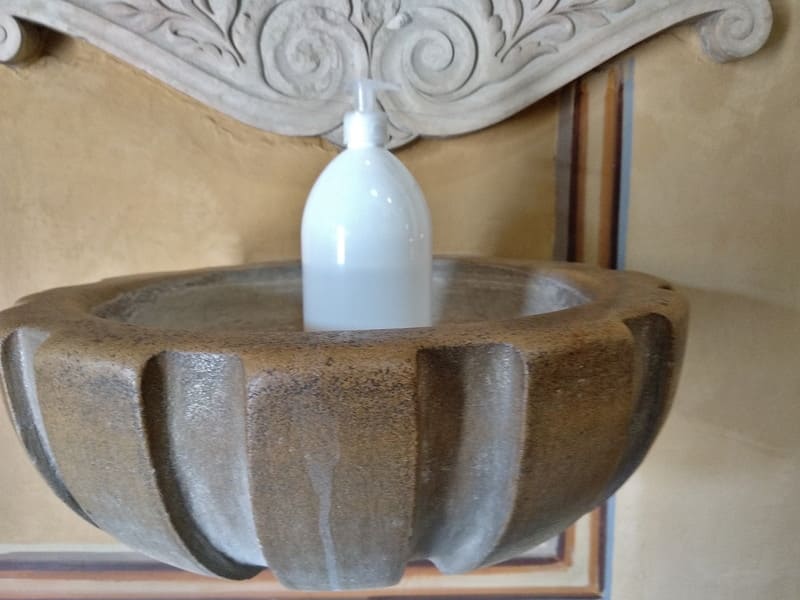
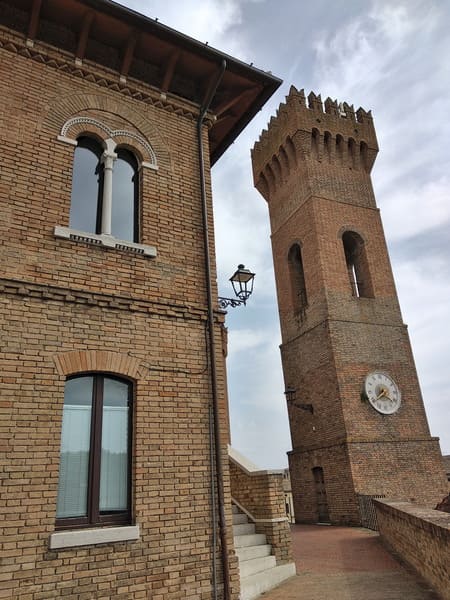
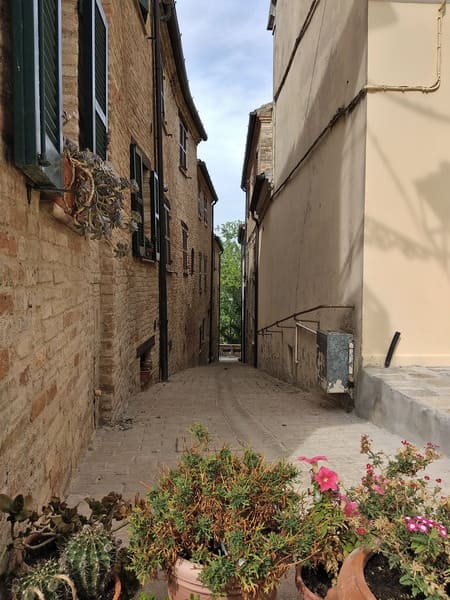
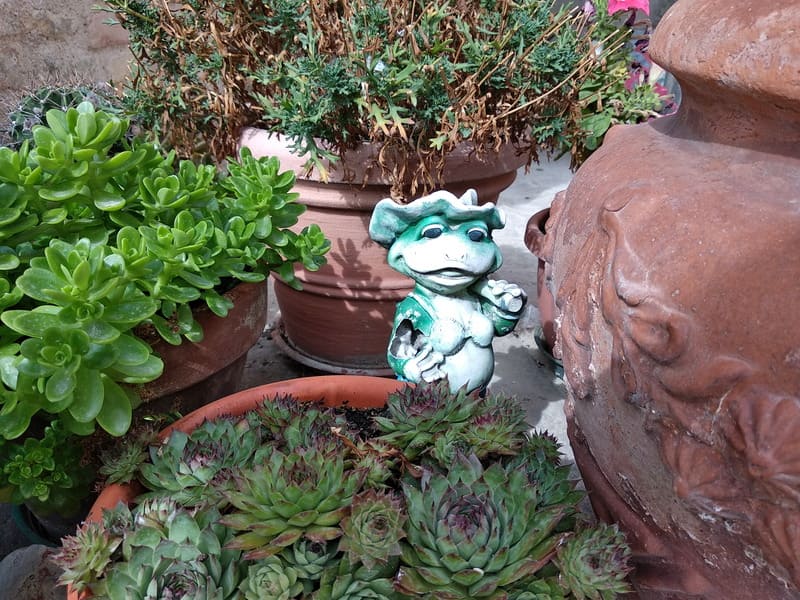
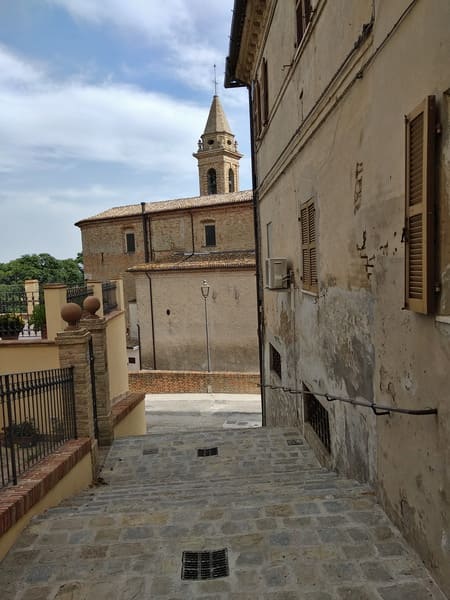
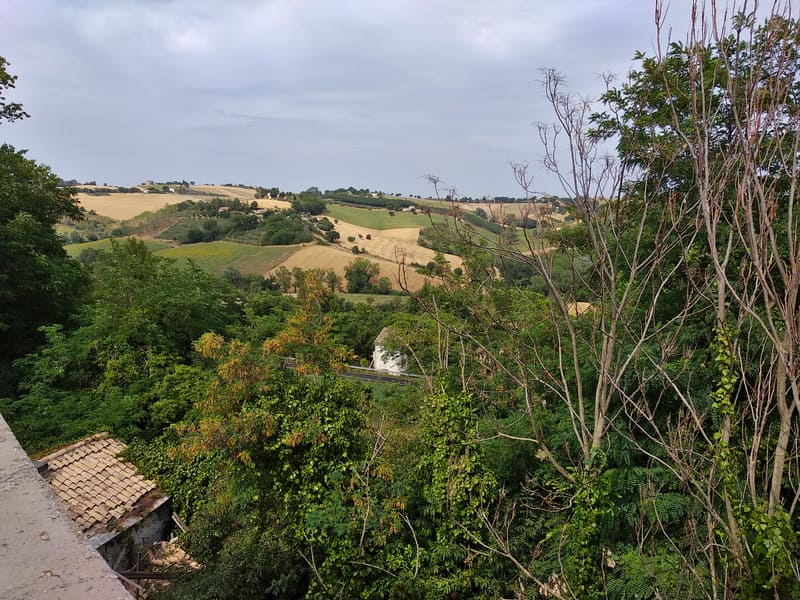

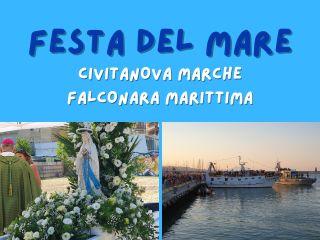
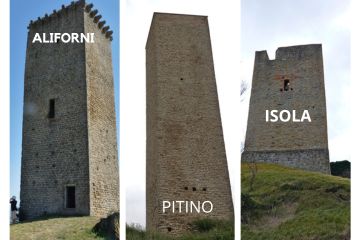
0 Comments